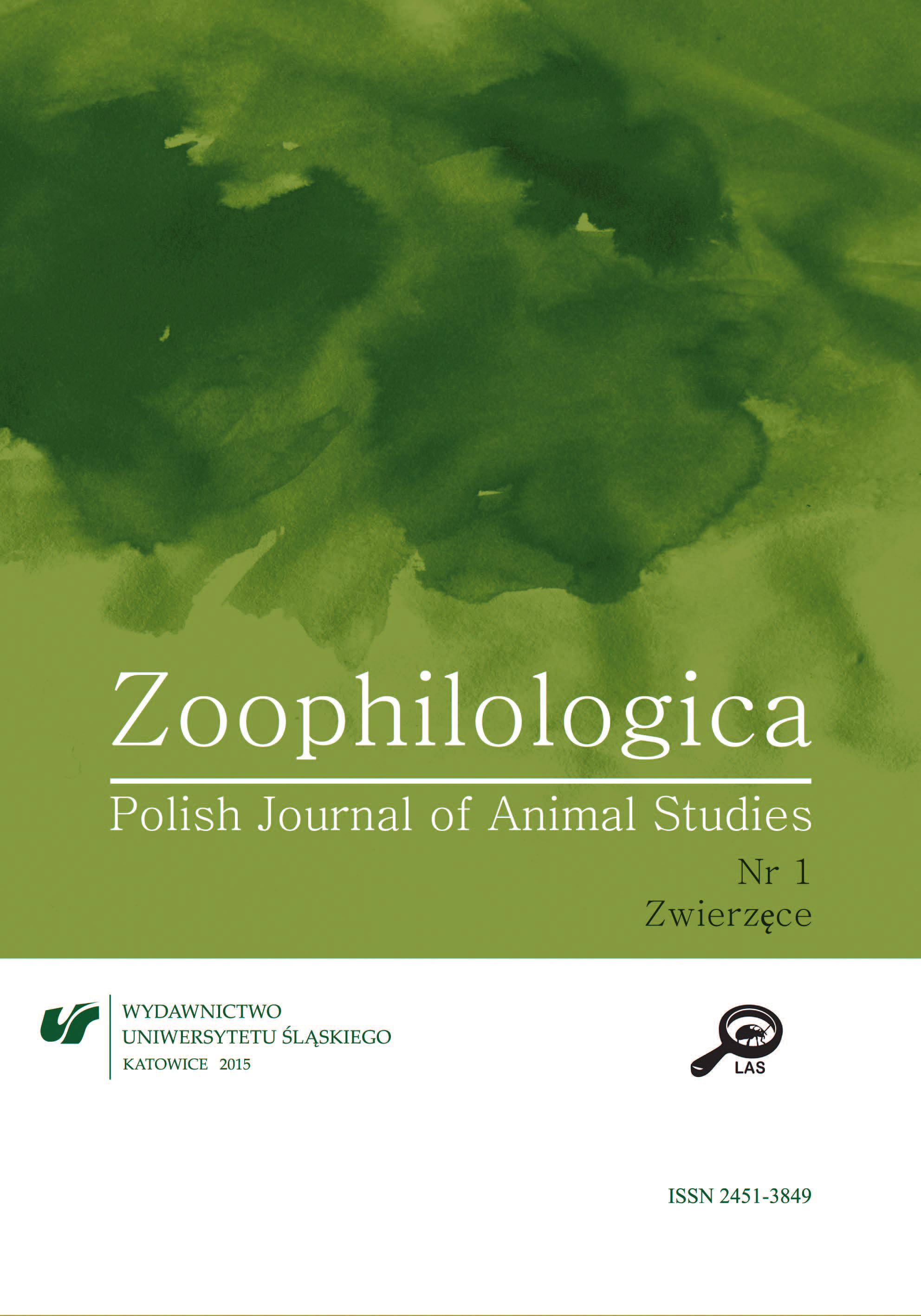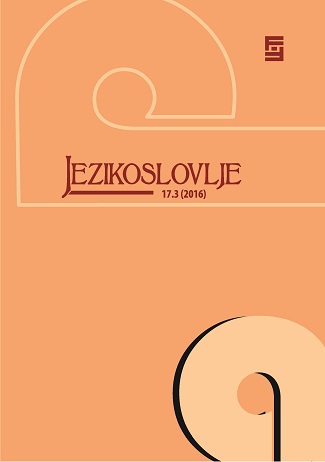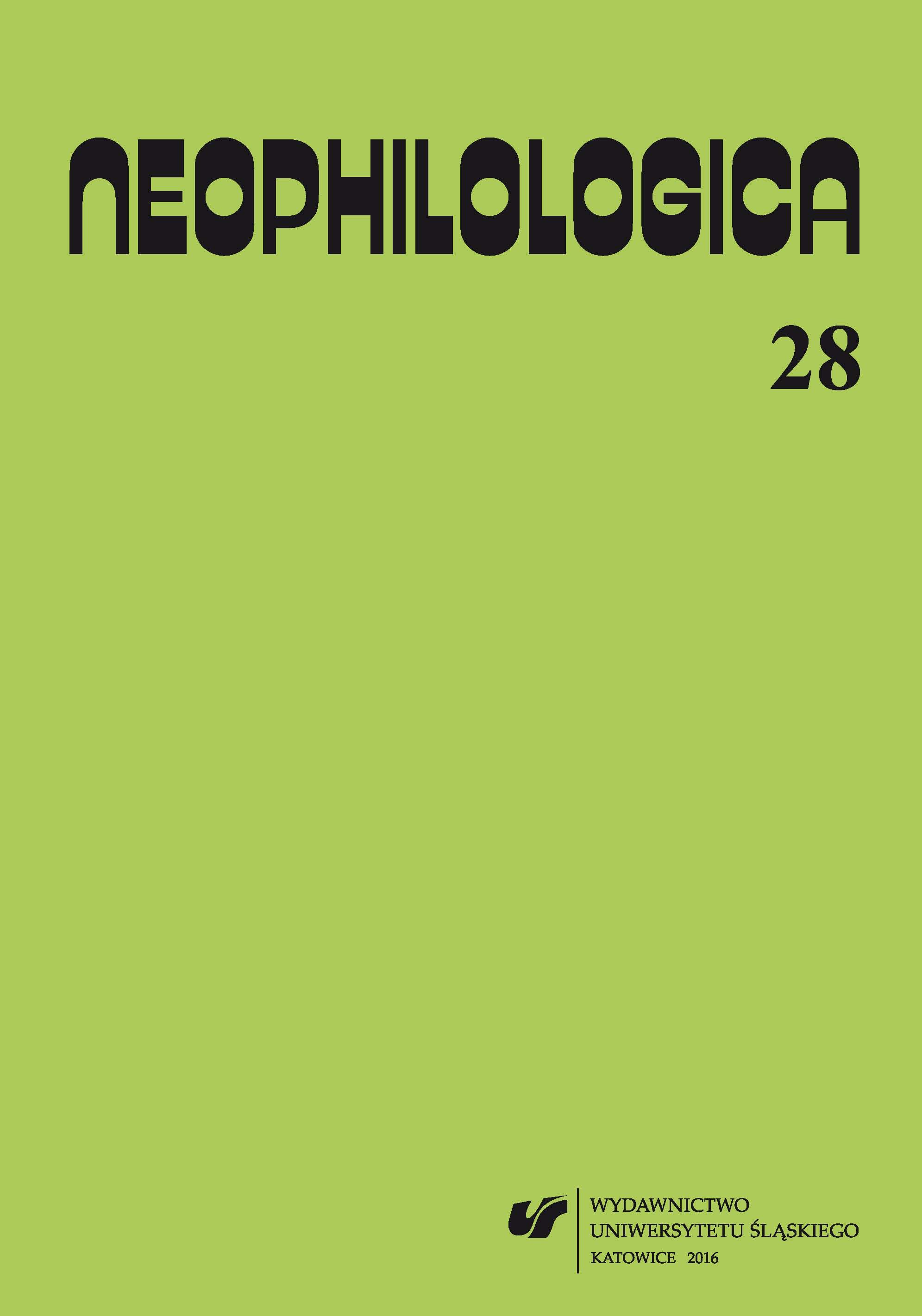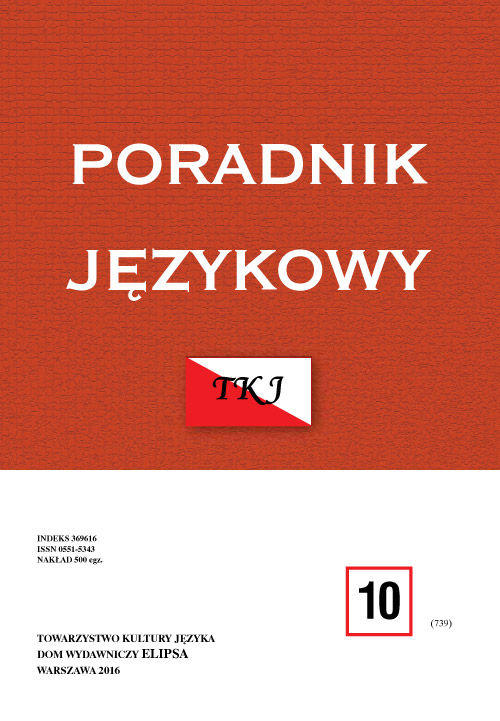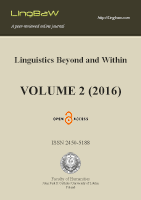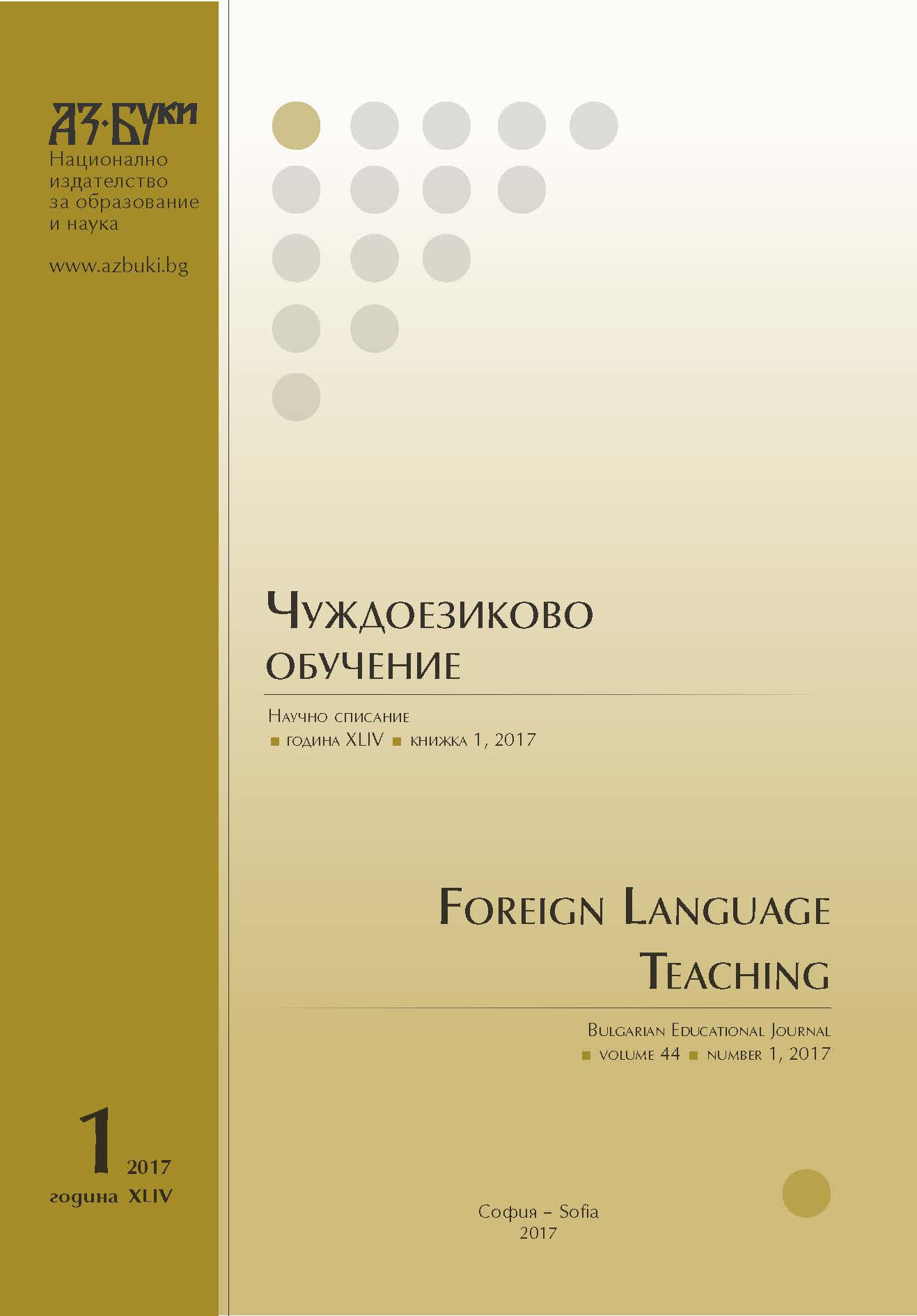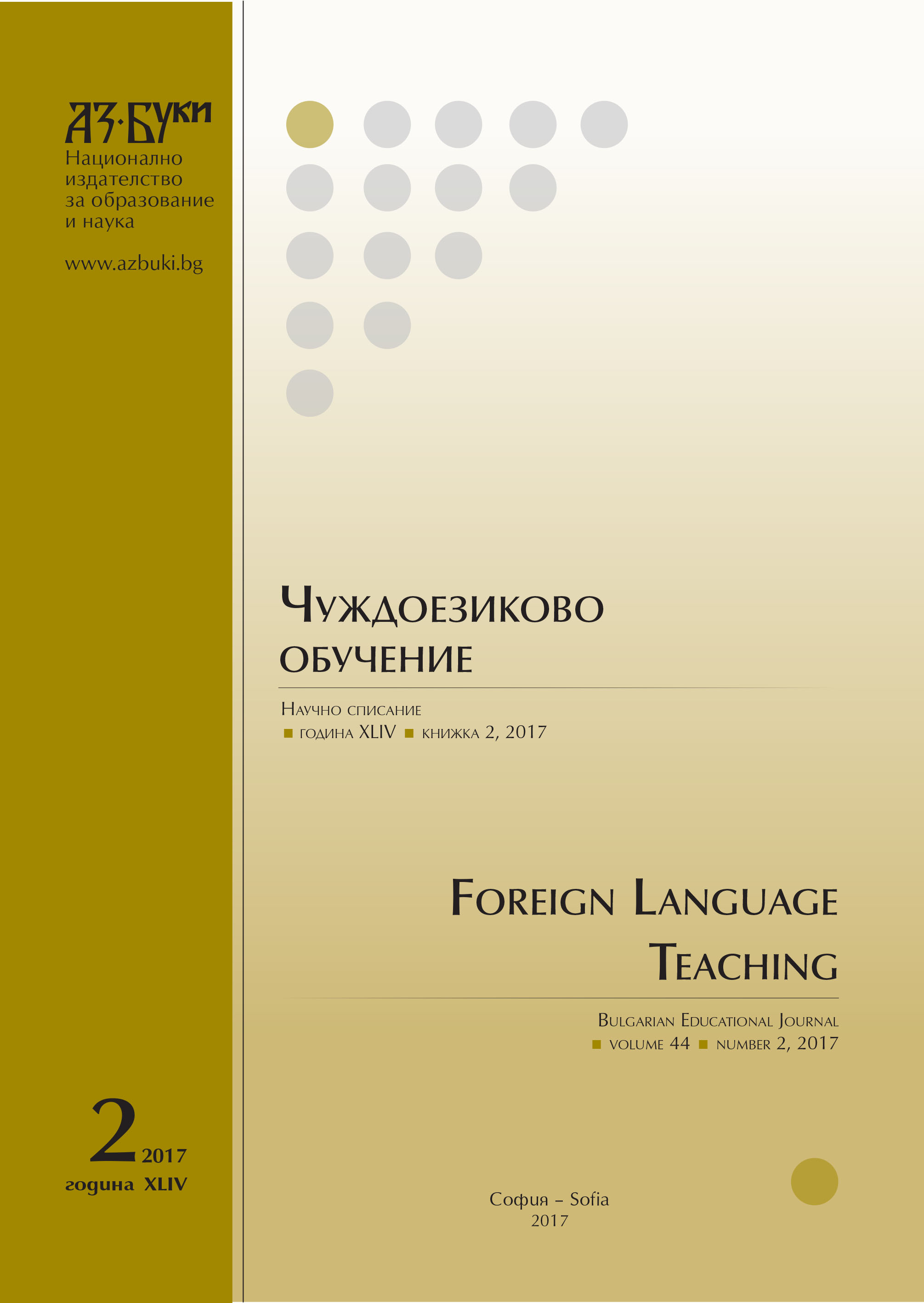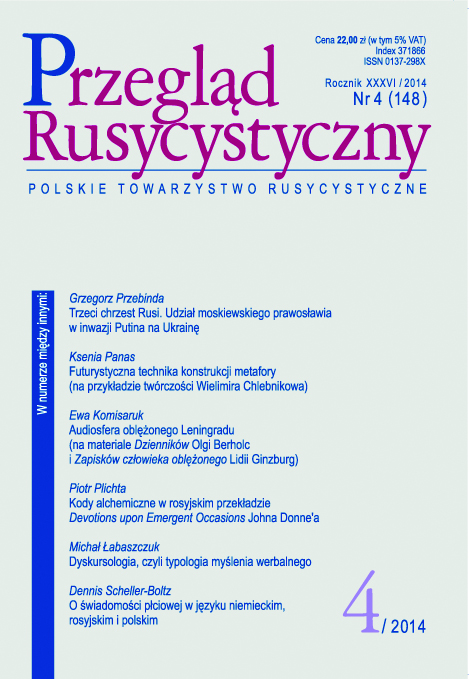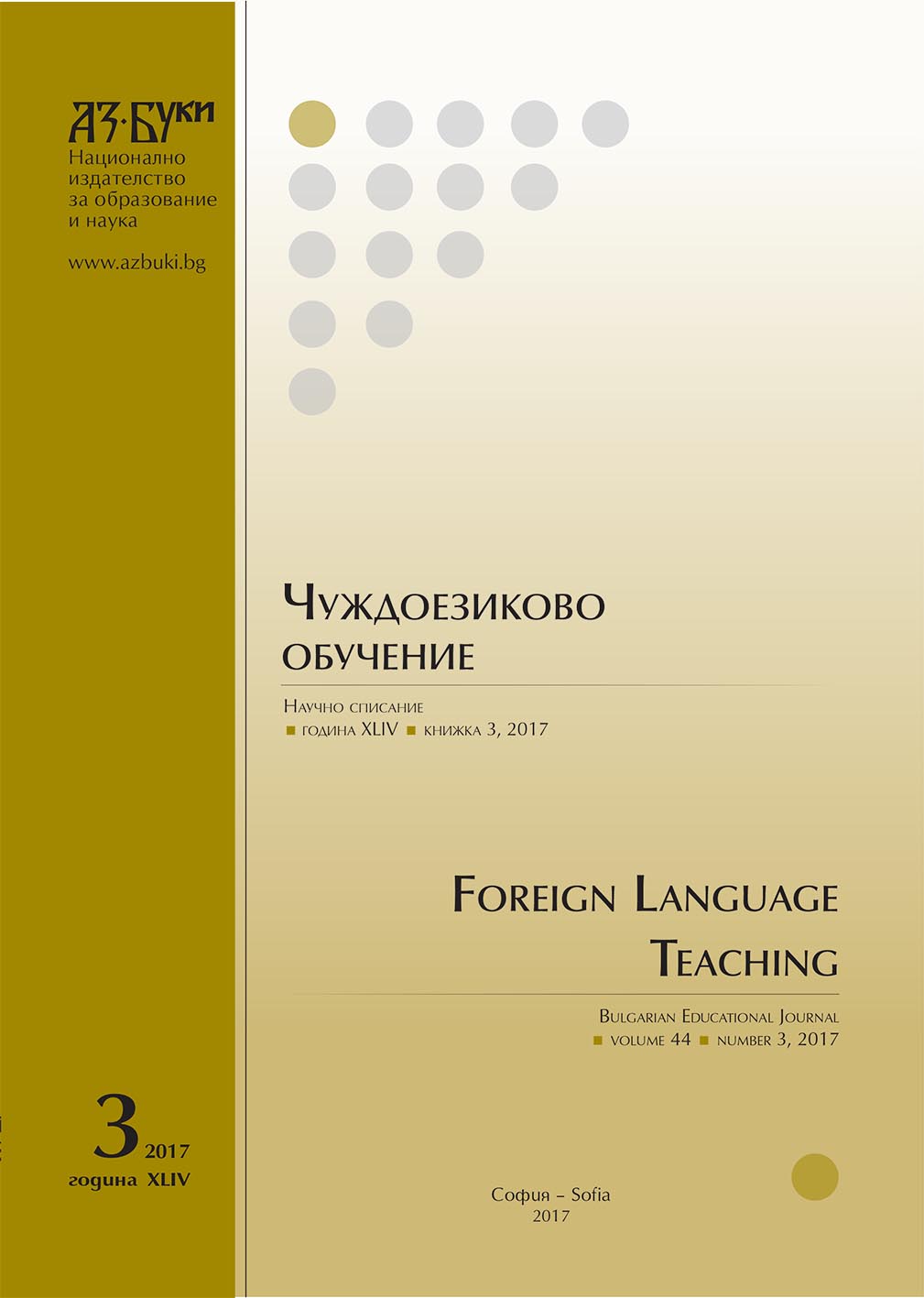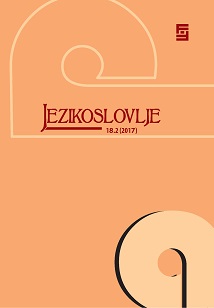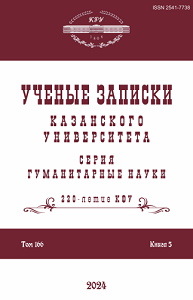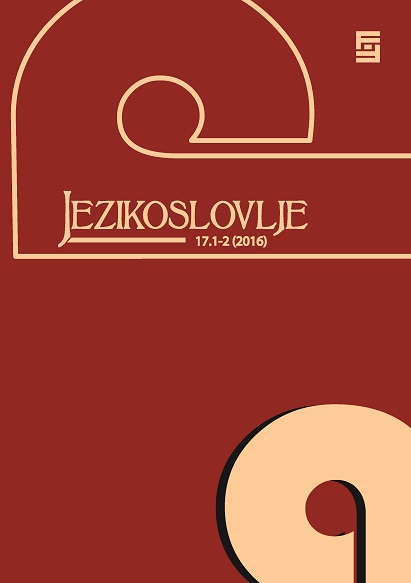
Why Modrić and Real rather than Real and Modrić?
The order of the constituents within a coordinated NP construction is in theory open, i.e. either constituent can occupy either the initial or the final position. When it comes to specific realizations of the coordinate constructional template, the choice of the initial constituent need not be random at all. It is well-known that in some phraseological units, i.e. in the so-called irreversible binomials, their order is as a rule quite fixed (e.g. duša i tijelo ‘body and soul,’ kruh i sol ‘bread and salt,’ život i smrt ‘life and death,’ iće i piće ‘drinks and food,’ muž i žena ‘husband and wife’) and seems to be dictated by a number of cognitive factors, among which iconic principles play an important role. Apart from such conventionalized phraseological pairs, the relative order of constituents seems to be guided by the speaker’s communicative intentions, and therefore in principle be quite flexible. However, it appears that in cases of coordination of proper nouns denoting parts and wholes there is a clear preference for the construction in which the part precedes the whole (Osijek i Slavonija rather than Slavonija i Osijek, Modrić i Real rather than Real i Modrić, etc.). The differences between their distributions on the one hand, and the distributions found with comparable inanimate nouns and animate common nouns in coordination on the other, are explained in terms of the reference point construction (Langacker 1993). The proper noun denoting a person functions as a cognitive reference point facilitating the resolution of indeterminacy due to the fact that the second proper noun in coordination can have more than one metonymically related sense. Such coordinated constructions are shown to be functionally similar to associative plurals as they are also a means of referring to heterogeneous collectives that have a prominent, focal member.
More...
